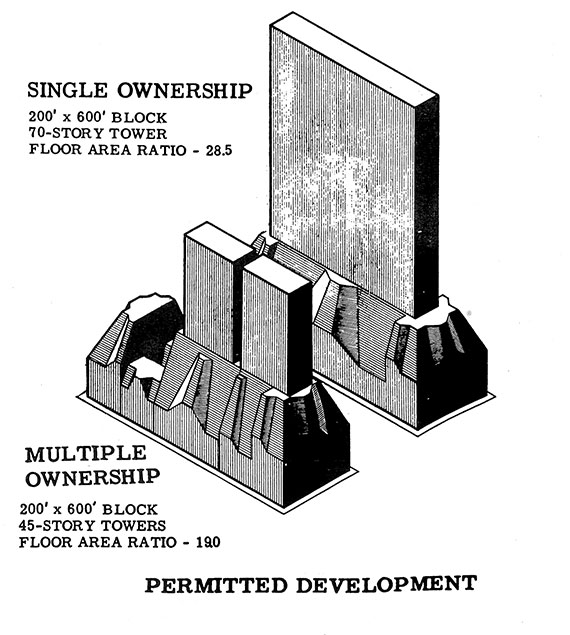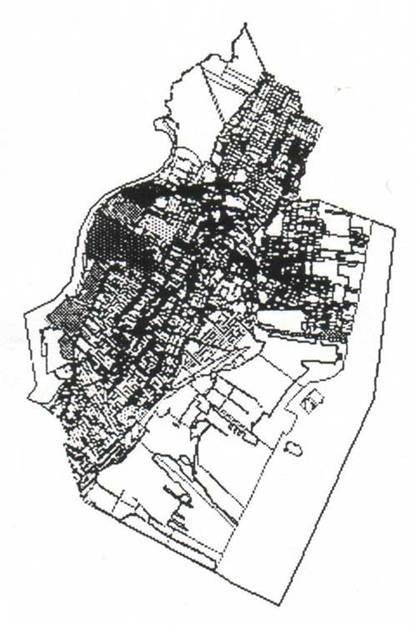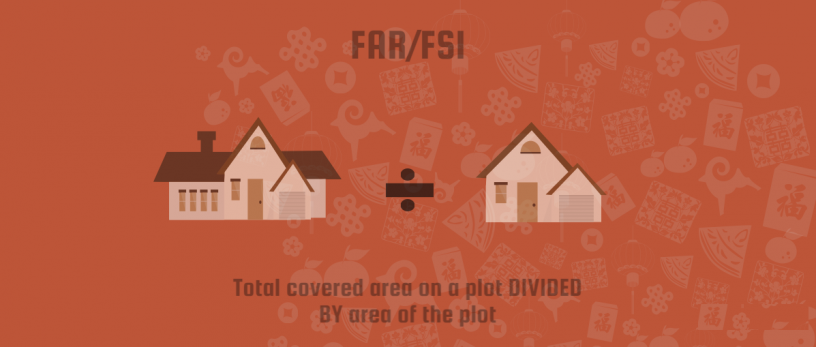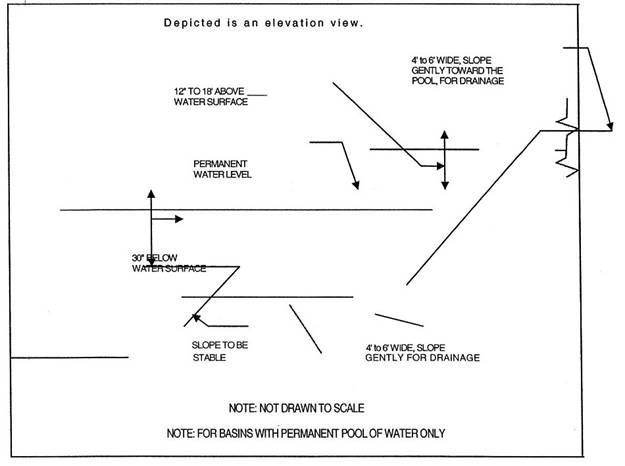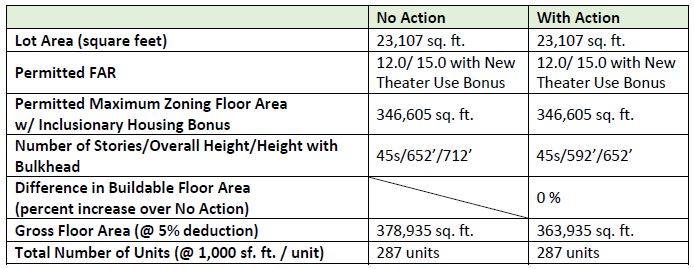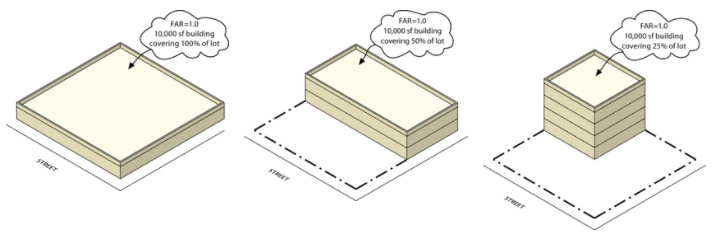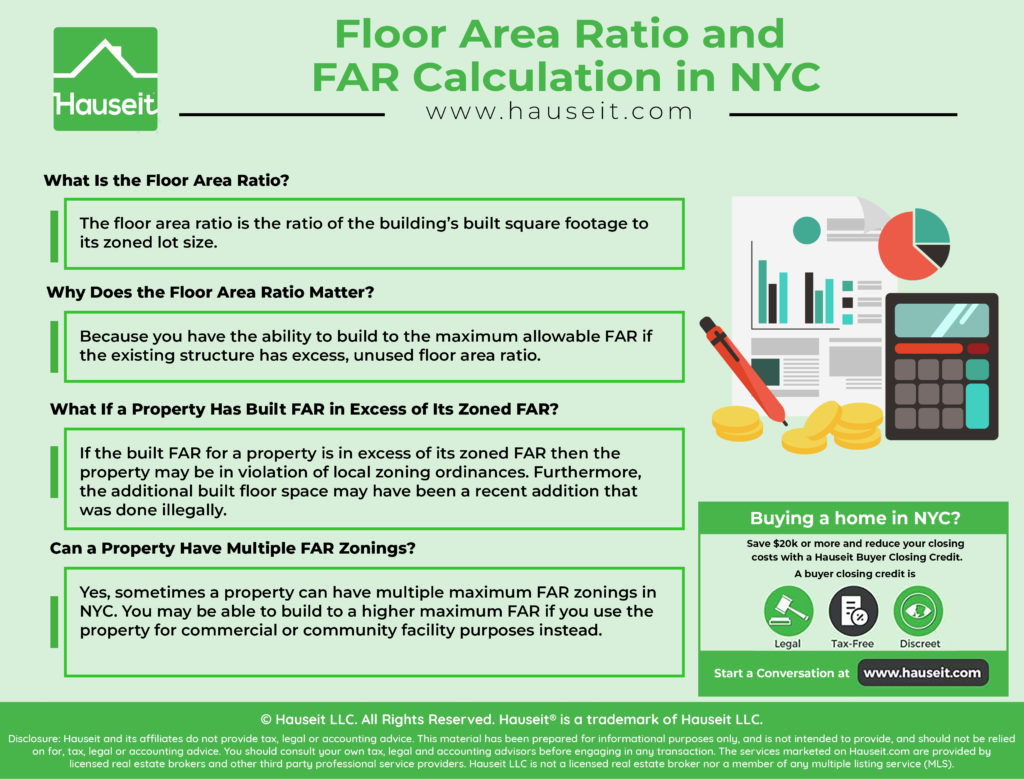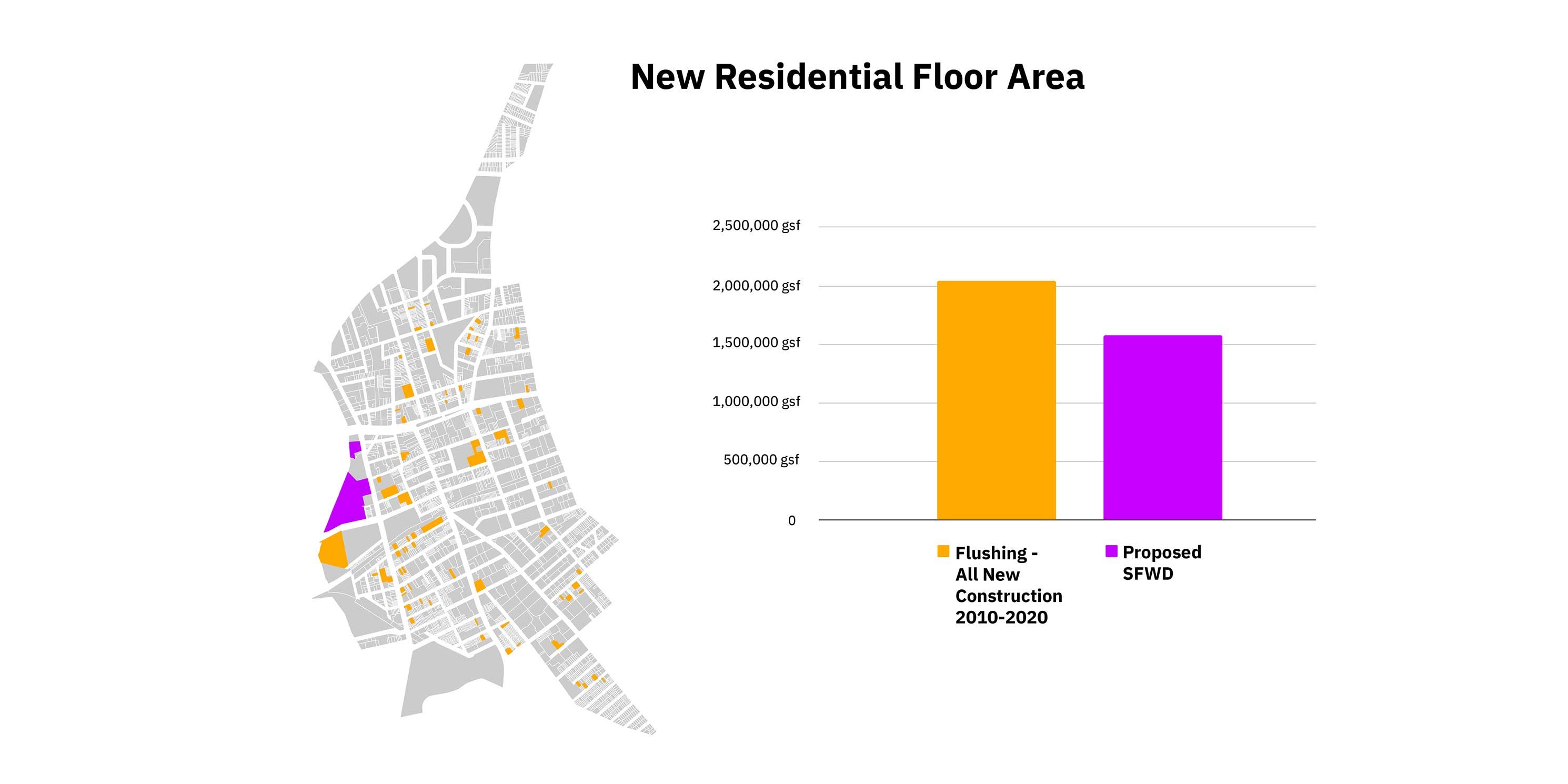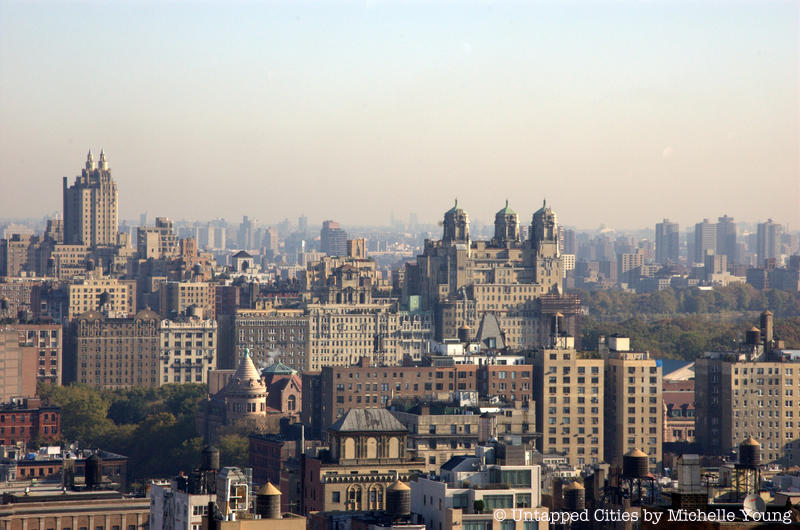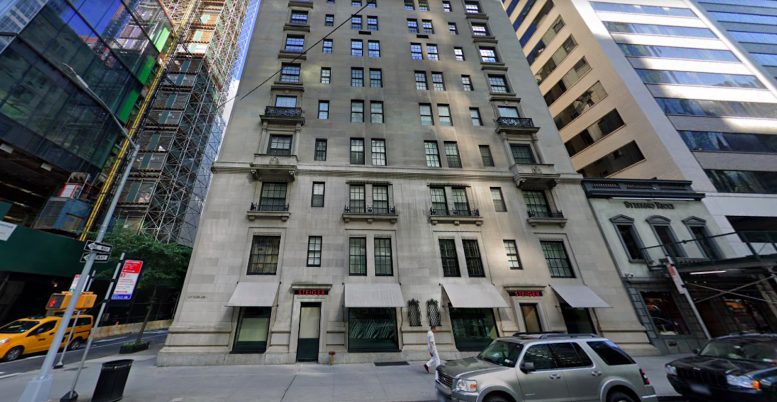Floor Area Ratio New Jersey

This term is often referred to as the floor area ratio of the building far.
Floor area ratio new jersey. A two story building on the same lot where each floor was 500 square feet. An example is a 2 family home in a single family district. Far is the ratio of the total floor area of buildings on a certain. The floor area ratio far in r7a districts is 4 0.
Summit some relief for downtown builders and developers may be in sight with the introduction of a change in floor area ratio. Despite a narrower minimum lot width of 25 feet for detached homes houses in r4 1 districts tend to be larger than those in r3 1 districts because of the higher floor area ratio far of 0 75 plus an attic allowance the perimeter wall may rise to 25 feet compared to 21. The floor area ratio is the sum of all floors of a building or structure compared to the total area of the site. Above a base height of 40 to 65 feet or 75 feet if providing a qualifying ground floor the building must set back to a depth of 10 feet on a wide street and 15 feet on a narrow street before rising to a maximum height of 80 feet or 85 feet if providing a qualifying ground floor.
However section 70d of the new jersey municipal land use law mlul actually recognizes six 6 different types of use variances. R4 1 contextual districts like r3 1 districts permit only one and two family de tached and semi detached houses. The floor area ratio is the deciding factor in finding out the maximum buildable floor area. D 5 variance an applicant seeks a variance allowing an increase in the permitted density of the property.
The floor area ratio of a 1 000 square foot building with one story situated on a 4 000 square foot lot would be 0 25x.
